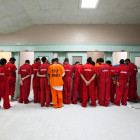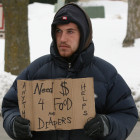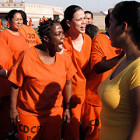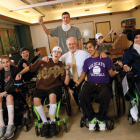
Alleged School Bullying Victim, Mom Speak Out On Georgia’s New Bullying Law
|
LISTEN:
‘It Was Just Pretty Much Assault Every Day’: Alleged School Bullying Victim, Mom Speak Out On Georgia’s New Bullying Law. Back to school season is in full swing and like so many other families around the country 13-year-old Alicyn and her mother Annise Mabry are busy keeping up with the demands of the school year. https://jjie.org/alleged-school-bullying-victim-mom-speak-out-on-georgias-bullying-law/40307/2
However, instead of preparing to go to a local school, Ali takes classes at home. Instead of a classroom, she logs onto her laptop for online lessons. Instead of a teacher, her mom is her instructor.








